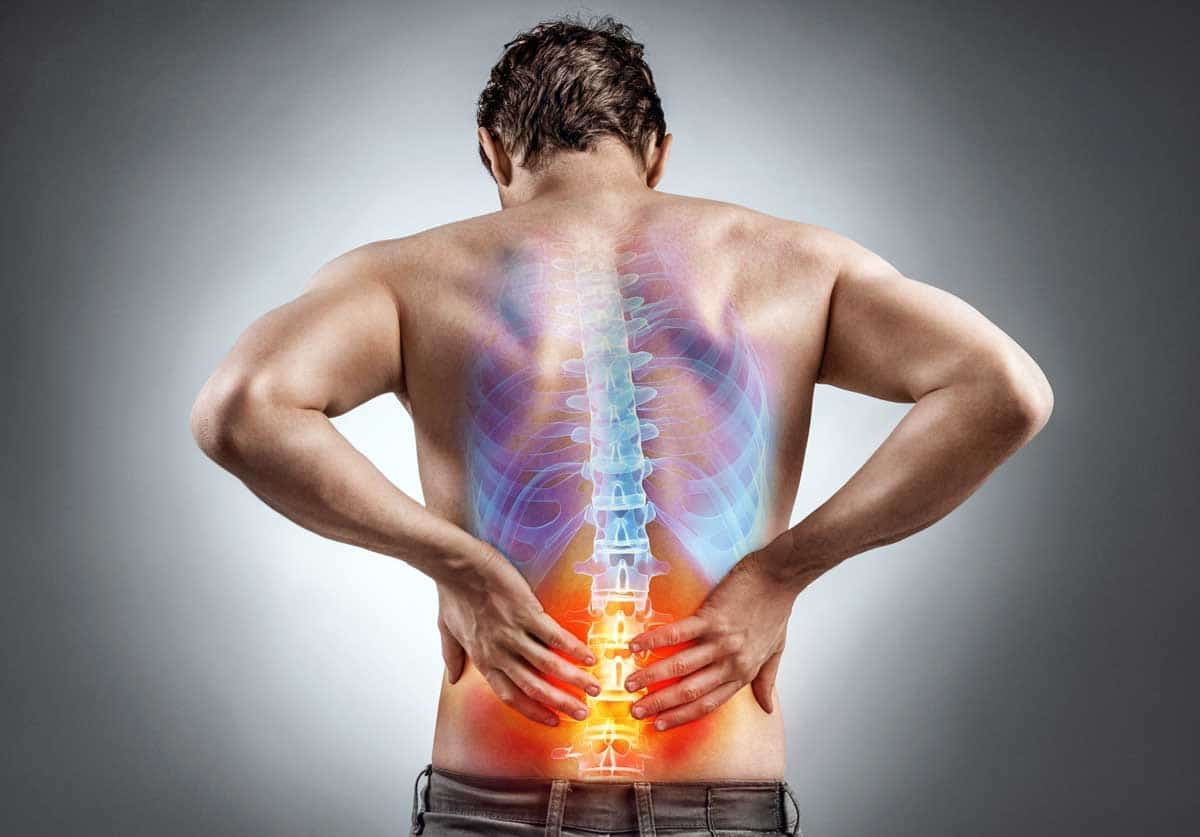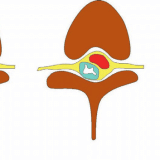Tuberculosis of the spine

Tuberculosis of the spine, or Pott’s disease, is one of the infectious diseases that is very rare and results in vertebrae collapse, leading to deformity or hunchback. It is named after Dr. Percivall Pott, the first person to give details about this condition during the 1700s. Spinal tuberculosis, also called tuberculosis spondylitis, forms mainly in the vertebrae and then spreads to nearby areas.
Symptoms of spinal tuberculosis
Spinal tuberculosis mainly impacts the thoracic spine of the upper back and the lumbar spine of the lower back. Symptoms are usually vague, particularly in the early stages. Some of the symptoms include:
- Back pain
- Stiffness
- Spasms in muscle
- Declined range of motion
- Deformities in joint
- Ulcers
- Lymph node swellings
- Pus pockets
Tuberculosis of the spine puts pressure on the spinal cord and nerves exiting the spine, leading to neurological symptoms such as leg weakness, tingling, and sometimes paralysis. Some people with spinal TB might experience typical TB symptoms, such as:
- Low appetite
- Loss of weight
- Weakness
- Low fever at night
- Nausea and fatigue
Cause and diagnosis of spinal tuberculosis
Tuberculosis of the spine happens when the bacterium Mycobacterium tuberculosis causes infection of the vertebrae. This bacterium usually spreads from one person to another through air. While tuberculosis in the lungs is very contagious, in the spine, it’s not contagious.
Spinal tuberculosis is not so common, which is why its diagnosis can often get delayed. Moreover, its symptoms are similar to others, such as back pain, muscle stiffness, and muscle strain. People suffering from spinal tuberculosis also get lung infection, which is mostly seen in tuberculosis.
Here are some ways in which tuberculosis of the spine is diagnosed:
Skin and blood tests
To detect the M. tuberculosis bacterium, skin or blood tests can be done. The Mantoux tuberculin skin test is done by putting some amount of a derivative of tuberculin-purified protein under your skin. Results are seen 48-72 hours after injecting. If any swollen bumps arise, then it is measured in mm. If the bump is more than 5mm, the result is positive. Blood tests are also done to diagnose TB bacteria. But neither a blood test nor a skin test can specifically diagnose spinal tuberculosis; it only detects the presence of the bacteria.
Imaging tests
Certain imaging tests such as X-rays, MRIs, and CT scans can help in diagnosing spinal tuberculosis.
- X-rays show if there is any decrease in the vertebrae height, spine rounding, any mass growing next to the spine, and bone erosion. Similarly, magnetic resonance imaging can also show if there is any swelling in the bone marrow, bone abscesses, and narrowing of the spinal cord.
- Computed tomography is useful in the examination of bone destruction, which is caused because of TB, and PET scan assists in differentiating bone infection from infection of soft tissue.
Conclusion
Tuberculosis is one of the bacterial infections that mainly affects the lungs, but sometimes it spreads to other body parts, including the spine. Spinal tuberculosis is not so easy to diagnose, and its early symptoms match well with symptoms of other conditions. Its treatment mainly includes certain medications and sometimes surgery for treating spinal damage. For the right prognosis, early diagnosis and treatment are important.
For enquiries and online appointments:
Email – Naveen.st@gmail.com
Call/Whatsapp – +91 7676090119
Visit www.NaveenSpine.com to know more




